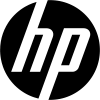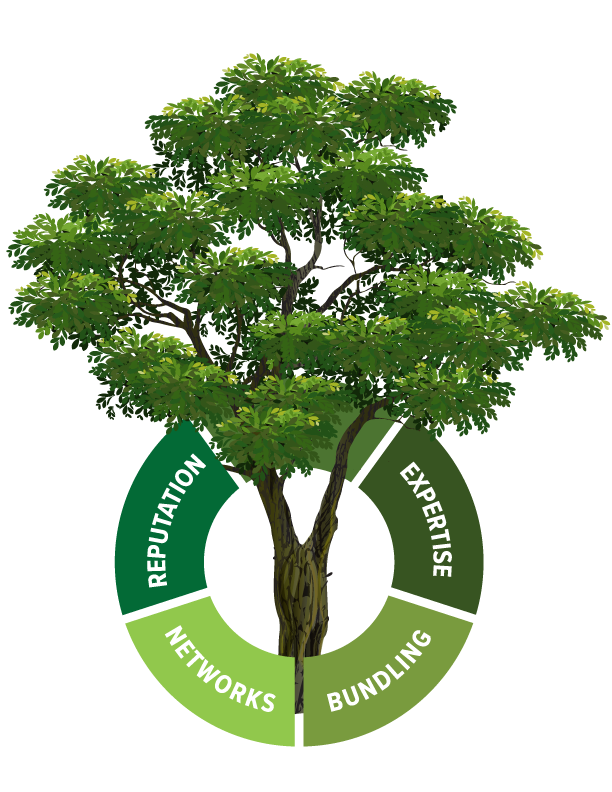Connecting Climate Goals with Carbon Projects



Partnering for Quality Carbon Removal & Reduction
Project Developers
Carbon Credit Buyers
The Arbor Day Carbon Impact
Our Approach
Accelerate Reforestation through People and Partnerships
Arbor Day Carbon accelerates reforestation by vetting, funding, and selling carbon credits with a process where everyone wins. We transact carbon credits to plant and grow new trees.
From the Mississippi River Alluvial Valley to the forests of Nicaragua, we empower developers to build credible forestry carbon removal projects at scale, by streamlining diligence, simplifying funding, and purchasing while delivering a custom experience.
In turn, we make it easy for corporations to achieve climate goals by matching them with high-quality products from our vigorously vetted carbon project developers.
Our team of industry leaders has worked with hundreds of corporate partners, resulting in over half a billion trees planted. Working with our team will equip yours with the information you need to march forward with carbon confidence.



